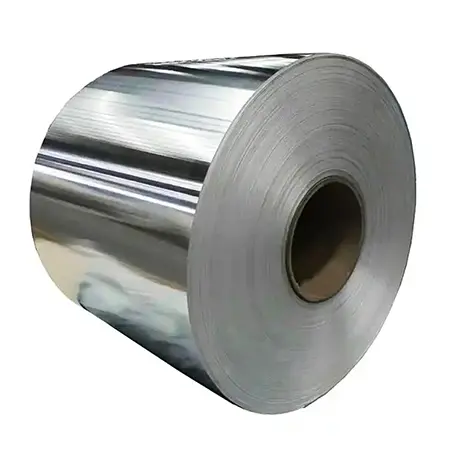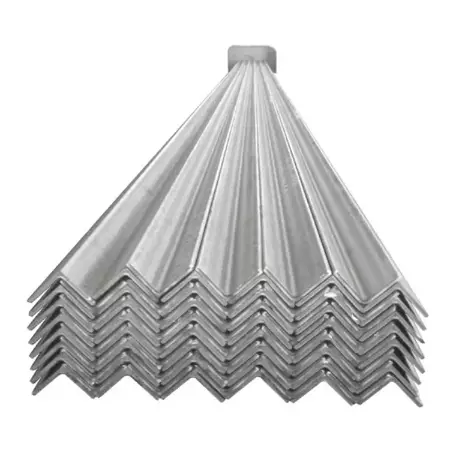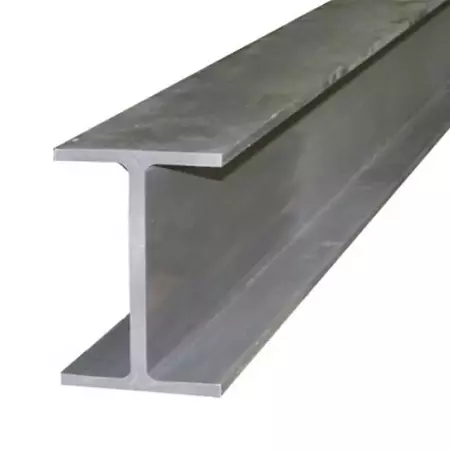Introduction
AISI 444 stainless steel coil is a highly sought-after ferritic stainless steel prized for its exceptional resistance to various corrosion types, good formability, and improved weldability. This low-carbon and low-nitrogen steel offers several advantages over traditional austenitic stainless steels like 304. making it ideal for specific applications.
Composition
The key elements in AISI 444 are:
Chromium (18% - 19.5%): Provides the foundation for excellent overall corrosion resistance.
Molybdenum (1.75% - 2.5%): Significantly improves resistance to pitting corrosion, especially in environments containing chlorides.
Nitrogen (Less than 0.035%): Low nitrogen content minimizes the risk of embrittlement, especially after welding.
Carbon (Less than 0.025%): Very low carbon content minimizes the risk of chromium carbide precipitation during welding, enhancing weldability and preventing corrosion around the weld zone.
Characteristics
Exceptional Corrosion Resistance: AISI 444 offers superior corrosion resistance compared to standard ferritic stainless steels, like 409L, particularly in environments with chlorides (like saltwater) or other aggressive chemicals. It can even compete with some austenitic grades in specific situations.
Good Formability: AISI 444 exhibits excellent formability, allowing for shaping and drawing during fabrication. This characteristic makes it suitable for applications requiring complex bends and intricate shapes.
Improved Weldability: Due to the very low carbon and nitrogen content, 444 offers better weldability compared to standard ferritic steels. This minimizes the risk of weld decay and improves resistance to corrosion around the weld zone, reducing the need for post-weld heat treatment in some applications.
Good Strength and Hardness: While not the strongest stainless steel, 444 offers moderate strength and hardness compared to other ferritic grades. These properties can be further enhanced through cold working.
Magnetic: AISI 444 is magnetic in all conditions.
Ductile: AISI 444 is ductile, meaning it can deform under stress without breaking, making it suitable for applications requiring some flexibility.
Uses
Due to its exceptional corrosion resistance, good formability, improved weldability, and cost-effectiveness compared to some austenitic steels, AISI 444 stainless steel coil finds application in various demanding environments, including:
Automotive Parts: Exhaust system components, particularly those exposed to road salt and moisture, can benefit from the superior corrosion resistance of 444.
Chemical Processing Equipment: Tanks, piping, and vessels handling moderate to harsh chemicals, especially those containing chlorides, can utilize 444 due to its excellent corrosion resistance.
Architectural Applications: Building facades, railings, trim, and decorative elements in coastal areas or polluted environments can utilize 444 for its aesthetics, formability, corrosion resistance, and suitability for welding.
Appliance Parts: Certain appliance components exposed to moisture or mild cleaning chemicals can benefit from the formability, corrosion resistance, and cost-effectiveness of 444.
Food Processing Equipment: Tanks, containers, and utensils used in food processing can benefit from the good corrosion resistance, cleanability, and formability of 444. especially when handling acidic or salty foods.
Product Specifications
| Specification | Description |
| Grades | 304. 304L, 316. 316L, 310S, 321. 410. 430. and more |
| Thickness | Ranges from 0.1mm to 20mm |
| Width | From 600mm to 1500mm, catering to specific project needs |
| Weight | Coils can be supplied in standard and custom weights, depending on customer requirements |
| Surface Finishes | 2B (mill finish), BA (bright annealed), No.4 (brushed), Mirror (reflective finish), and Satin (soft sheen finish) |
| Surface Treatments | Annealing, Pickling, Passivation, and Polishing for enhanced corrosion resistance and appearance |
Additional Points
AISI 444 comes in various standard specifications, such as ASTM A240/ASME SA240. ensuring consistent material properties.
Compared to higher-nickel austenitic stainless steels, 444 might not offer the same level of formability at very low temperatures.
When selecting between 444 and other stainless steel grades, consider the specific application's environment, formability requirements, and budget. For superior high-temperature performance, austenitic steels like 310S might be a better choice.




